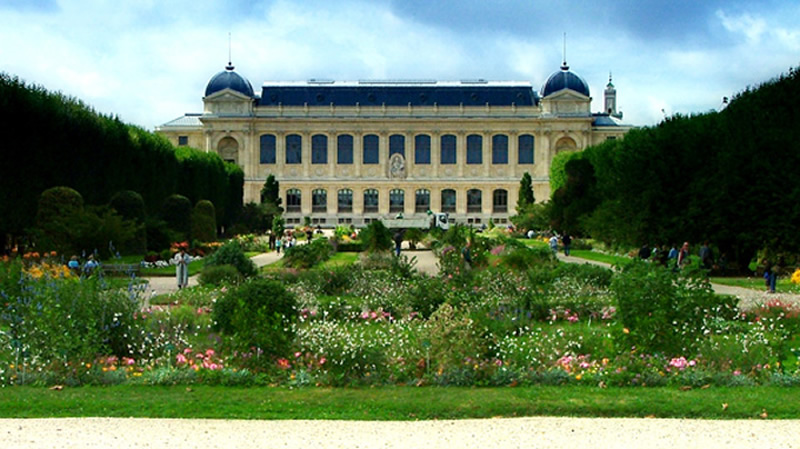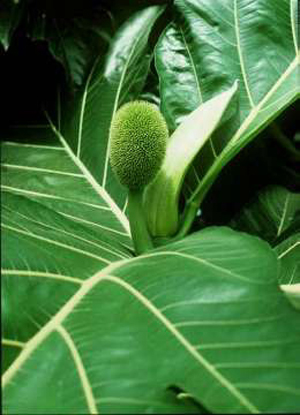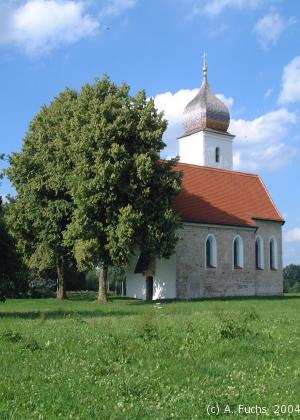
What is the largest herbarium in the world?
How many plant specimens does it contain?
Images of "plants of the day" mentioned in lecture will be added here as they are covered in lecture. Extra credit will be provided for solving the question given for each plant (questions will be on the lecture exams). |
What is the largest herbarium in the world? How many plant specimens does it contain? |
At least four animals (one extinct) have been named after President Obama What plant species has been named after Obama? |
Hunters of animals (& humans) around the world have used plant (and sometimes animal) poisons for arrow or spear tips. However, most arrow poisons come from tropical organisms. Which specific North American peoples group has used aconite (Aconitum) arrow poisons and for what did they hunt? (several right answers) |
|
Artocarpus - breadfruit of the Moraceae - will be forever linked with the Mutiny on the Bounty and Captain Bligh and Fletcher Christian. Breadfruit is seen on the deck of the Bounty in this scene where Captain Bligh is set adrift in a rowboat. Find out where the breadfruit came from, where it was being taken by the Bounty, and why. |
|
 |
|
Tilia europea - European basswood, lime tree, linden, or linThe names "lin" (the European basswood tree) and "Carl Linne" or "Carolus Linnaeus" appear to be derived from the same root word. What is the story connecting these two names? The Swedish church by the lin tree is a hint, and involves Linnaeus' father? |
|
 |
|
|
Atropa belladonna (Solanaceae) and Belladonna Took (Bilbo Baggins' mother)
In honor of the upcoming (and not to be missed) 3rd installment of "The Hobbit" . . . "Belladonna" means "beautiful lady" . . . what is the connection between the poisonous atropa and the plant getting the name "beautiful lady"? Or, how or why do beautiful ladies use atropa? |
Organisms of the (Holi-) dayWhich two of these organisms do not fit on this list - and why? Vaccinium macrocarpon, Meleagris gallopavo, Taxidea taxus, Cucurbita maxima, Gulo gulo, Dioscorea battata |
 |
| |
Only 2 angiosperms occur in Antarctica: Antarctic pearlwort (Colobanthus quitensis - Caryophyllaceae) [shown on the left side of the photo] and what species of grass [shown on the right side]? These occur on north facing slopes with mosses and liverworts, also seen in the photo. |
|
|
||
| Musa X paradisiaca | Anomodon vitisculosus | Helianthus annuus |
| Lilium asiatica | Thuja occidentalis | Asarum canadense |
| Cucurbita pepo 2 | Welwitschia mirabilis | Cannabis sativa |
This
could be you! |